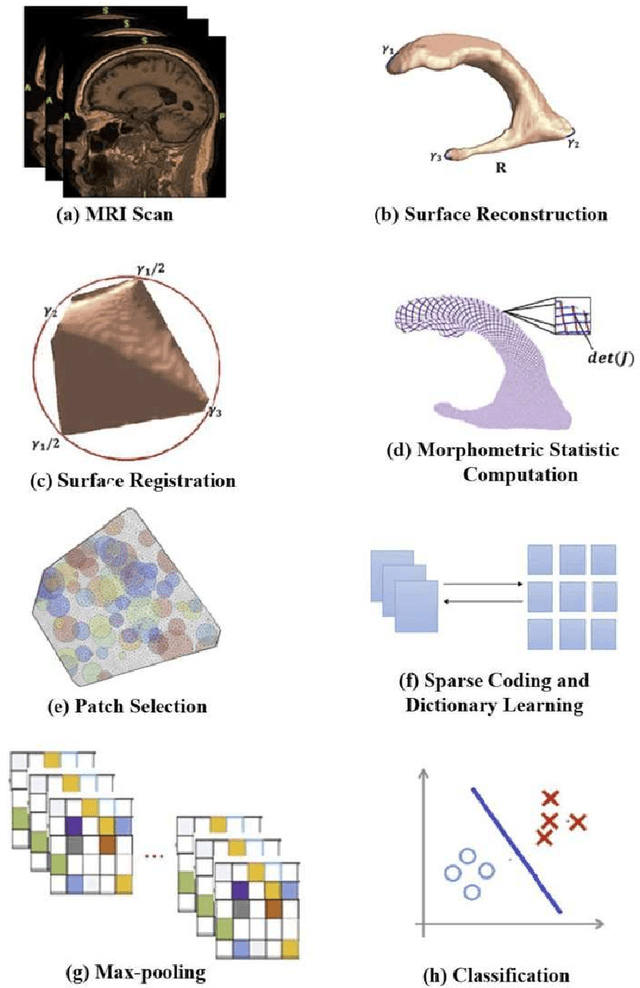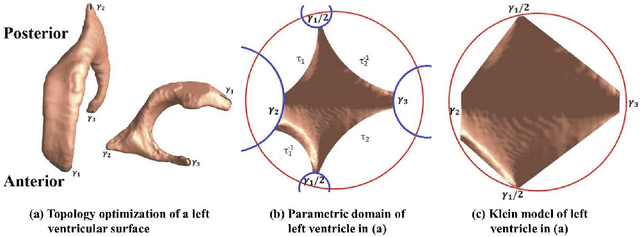Q. Li
Study of Robust Direction Finding Based on Joint Sparse Representation
May 27, 2024Abstract:Standard Direction of Arrival (DOA) estimation methods are typically derived based on the Gaussian noise assumption, making them highly sensitive to outliers. Therefore, in the presence of impulsive noise, the performance of these methods may significantly deteriorate. In this paper, we model impulsive noise as Gaussian noise mixed with sparse outliers. By exploiting their statistical differences, we propose a novel DOA estimation method based on sparse signal recovery (SSR). Furthermore, to address the issue of grid mismatch, we utilize an alternating optimization approach that relies on the estimated outlier matrix and the on-grid DOA estimates to obtain the off-grid DOA estimates. Simulation results demonstrate that the proposed method exhibits robustness against large outliers.
Predicting Future Cognitive Decline with Hyperbolic Stochastic Coding
Feb 21, 2021



Abstract:Hyperbolic geometry has been successfully applied in modeling brain cortical and subcortical surfaces with general topological structures. However such approaches, similar to other surface based brain morphology analysis methods, usually generate high dimensional features. It limits their statistical power in cognitive decline prediction research, especially in datasets with limited subject numbers. To address the above limitation, we propose a novel framework termed as hyperbolic stochastic coding (HSC). Our preliminary experimental results show that our algorithm achieves superior results on various classification tasks. Our work may enrich surface based brain imaging research tools and potentially result in a diagnostic and prognostic indicator to be useful in individualized treatment strategies.
 Add to Chrome
Add to Chrome Add to Firefox
Add to Firefox Add to Edge
Add to Edge